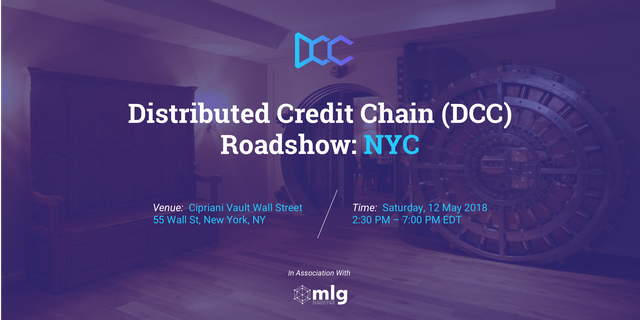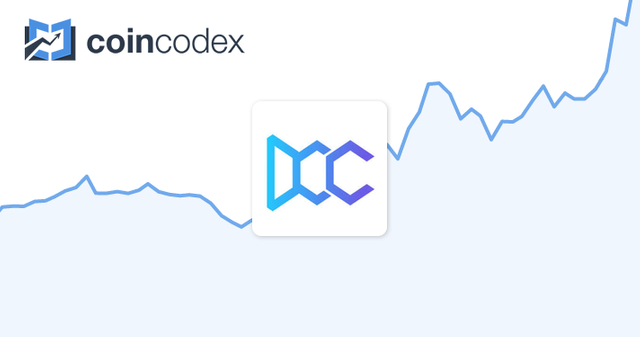The Future is now: Distributed Banking Leading the Revolution

The history of credit system dates back to early stages of human civilization, with the oldest record dates back to over three thousand years ago in the Mesopotamia, where a loan written contract was discovered. It was obvious that the credit system was well established, in a kind of formal business, where contracts were required before taking loans.
The credit market as not changed much, with the same primary function of adjusting or regulating the shortfalls in funds, both short term, and long terms. It is a simple economic rule, where players with excess funds don’t want to spend more, whereas, players with deficits are searching for more funds, this imbalance creates the credit market.
The bottleneck in the traditional banking system
The traditional banking system was the only channel for distribution, management and protection of credits for centuries. However, just like other systems, it comes with many challenges hindering it, at the same time, making it not easily accessible to everyone.
As a centralized credit model, there are many intermediaries in the old banking systems that we inherited possibly from the Mesopotamia. As a result of the central nature of the system, many organizations involved in the model are mired in several controversies.
For instance, the online credit firms are taking advantage of asymmetry nature of information in the system, exploiting and making excess profits from clients. It is normal to ask, where do huge profits such firms boast off come from?
From information gathered, it is established that most of their profits come from interests spread among their clients. In the developing nations, the interest spread is at a staggering value of 80%, a scary figure considering the level of poverty in such nations.
In the developed nations, the lending rate is between 3-5%, but this is only applicable to big businesses alone, while smaller businesses must make do with interest rates in the region of 7 %, without options to borrowers. It is obvious; the centralized system is an exploitative model, which is also monopolistic in nature.

No Direct Trading Opportunities
Due to the central nature of the system, which gives it the monopolistic powers and its asymmetry information, lenders and borrowers are not in charge, therefore, don’t have direct trading powers.
This informed people considering models that do not involve intermediaries spread and would enable all stakeholders; borrowers, lenders, insurance firms, collection offices, and other financial bodies to attain debt-credit balance based on an agreement for the reason of service.
The debt-credit balance can’t be achieved in the old system because, of its exploitative design, which limits contributions of borrowers, and gives power to people with financial muscles and renders borrowers helplessly at the mercy of the rich.
The weaknesses in the old system informed the decision to have a system, where nobody will be monopolizing the financial system; therefore, the distributive banking system is decentralized, using the blockchain technology to power and make the new system stable and secure without fear of alteration to the database, since it is impossible to alter data in the blockchain.
Website : http://dcc.finance/
Whitepaper : http://dcc.finance/file/DCCwhitepaper.pdf
Twitter : https://twitter.com/DccOfficial2018/
Facebook : https://www.facebook.com/DccOfficial2018/
Telegram : https://t.me/DccOfficial